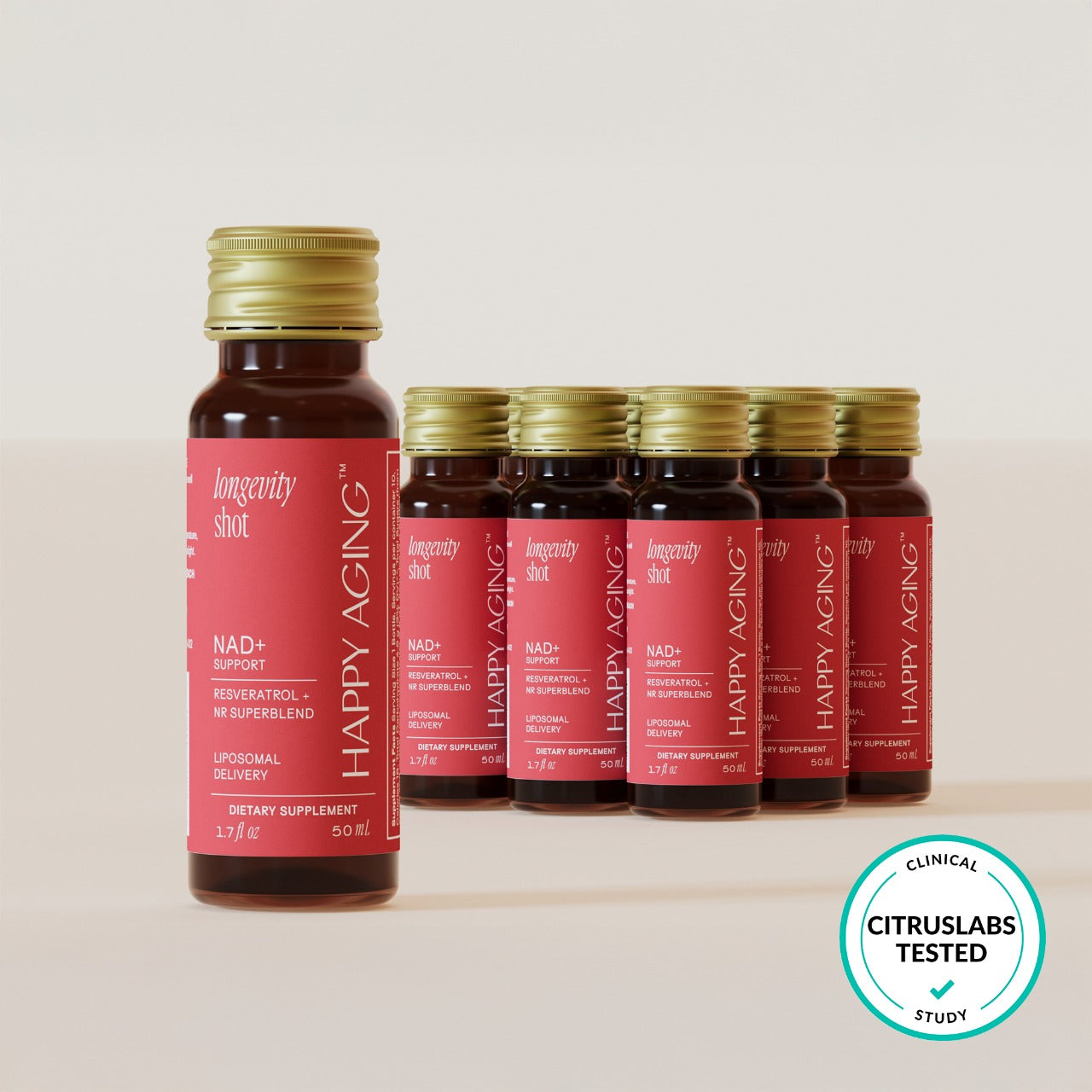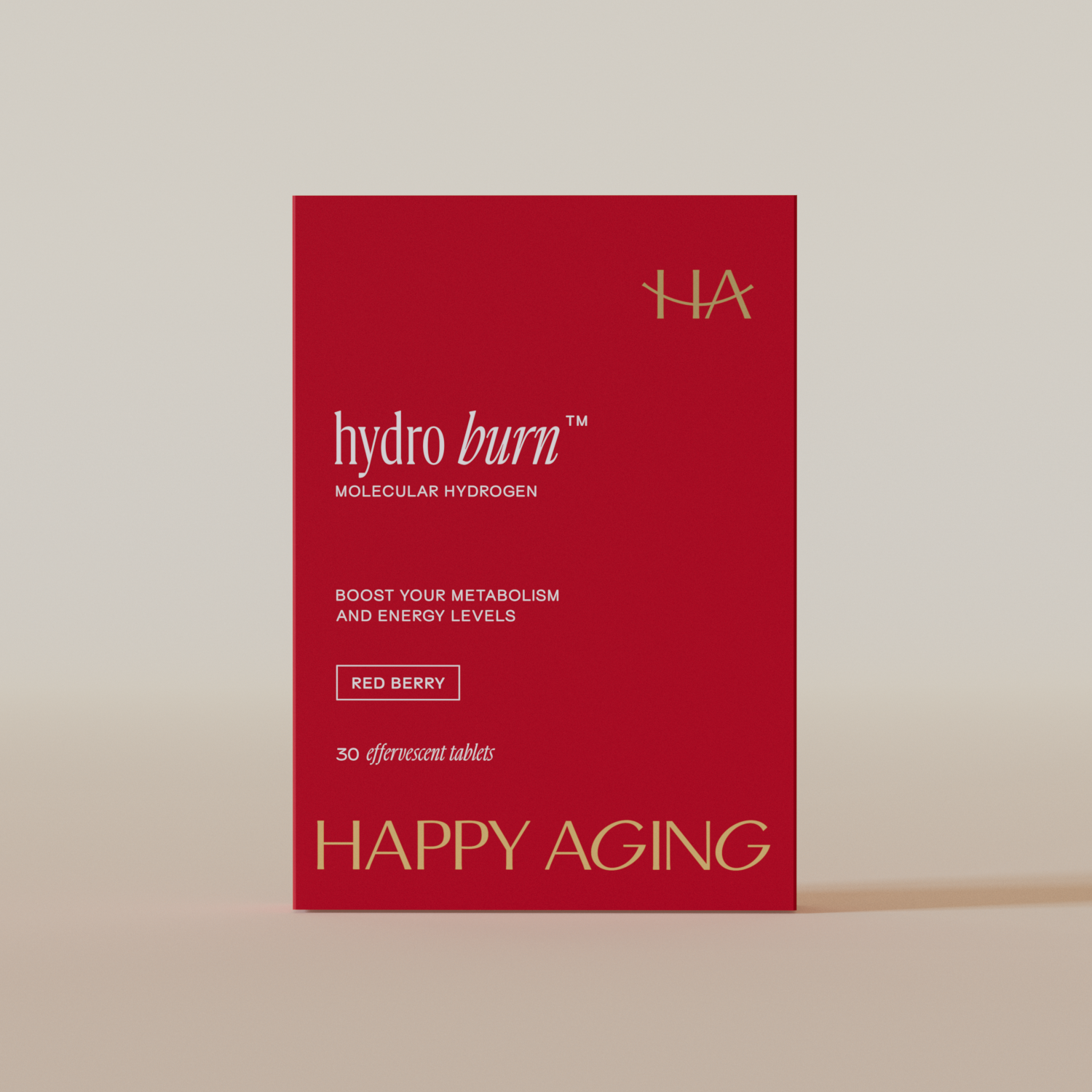As women, we often find ourselves caught between conflicting advice about sun exposure. Should we soak up the sun to boost our vitamin D, or avoid it entirely to protect our skin?
Like everything in wellness, balance is key. Healthy aging includes smart sun exposure, not too little and not too much. When used intentionally, sunlight supports your body in meaningful ways that go far beyond a golden glow.
The Benefits of Sunlight for Women’s Health
Vitamin D Production
Sunlight is our body’s most natural and efficient source of vitamin D. When UVB rays hit your skin, they trigger the synthesis of vitamin D3, which plays a critical role in:
-
Bone strength and calcium absorption
-
Immune system support
-
Muscle health and inflammation control
Maintaining optimal vitamin D levels can help prevent osteoporosis, support hormone balance, and reduce the risk of chronic age-related conditions.
Circadian Rhythm and Sleep Quality
Your body has a built-in clock known as your circadian rhythm. It governs everything from energy levels and sleep to hormone production and cellular repair.
Morning sunlight helps reset this clock and provides a healthy boost of cortisol to start your day with energy and focus. It also sets the stage for melatonin to be released later in the evening, promoting deeper and more restorative sleep.
Pro tip: Step outside within the first hour of waking for 10 to 30 minutes of natural light without sunglasses or sunscreen.
Emotional Well-Being and Mood Support
There’s a reason sunny days feel good. Exposure to natural light increases serotonin, the hormone responsible for emotional balance.
Studies show that regular sunlight exposure can reduce symptoms of depression and anxiety, especially for those with Seasonal Affective Disorder (SAD). It’s also linked to lower stress levels and improved emotional resilience, both essential for graceful aging.
Cancer Risk Balance
While overexposure to UV radiation can increase the risk of skin cancer, research suggests that moderate sun exposure may help reduce the risk of breast and colon cancers by supporting vitamin D synthesis and immune surveillance.
The key is to find the right exposure window for your skin type and geographic location, and to balance protection with intentional sun time.
Cellular and Mitochondrial Health
Sunlight supports mitochondrial function, which is the energy-producing engine inside your cells. Light exposure improves cellular metabolism, enhances nutrient signaling, and reduces oxidative stress.
This means more vitality, clearer skin, and stronger long-term health.
Creating Your Personalized Sun Strategy
1. Morning Light Exposure
Get 10 to 30 minutes of natural light early in the day. Skip sunscreen during this window to allow for vitamin D production. Expose as much skin as comfortably possible, such as arms, legs, and chest.
2. Use Sunscreen for Prolonged Exposure
If you plan to be outdoors longer, apply a mineral-based broad-spectrum SPF 30 or higher. Look for zinc oxide or titanium dioxide. Avoid ingredients like oxybenzone. Lotions and sticks work better than sprays for even coverage.
Visit ewg.org/sunscreen for clean-rated options.
3. Seek Shade Midday
Between 10 a.m. and 4 p.m., take breaks in the shade. You’ll still benefit from ambient light while avoiding direct UV damage.
4. Wear Protective Accessories
Wear hats, sunglasses, and long sleeves when needed. Lightweight and breathable fabrics help keep you protected without overheating.
5. Check Your Vitamin D Levels
Ask your doctor to test your 25(OH)D levels during routine lab work. While 30 to 50 ng/mL is considered sufficient, many practitioners recommend 70 to 80 ng/mL for optimal health.
Should You Supplement?
If your vitamin D levels remain low despite regular sun exposure, consider adding a supplement.
Choose:
-
Vitamin D3, the form your skin produces from sunlight
-
A blend with K1 and K2 for proper calcium metabolism
-
At least 2,000 IU daily, taken with a healthy fat for better absorption
A liposomal formula may improve absorption and reduce digestive discomfort.
Suggested Products for Cellular and Skin Health
✨ Longevity Shot
Formulated with resveratrol, glutathione, and B-complex vitamins to support mitochondrial energy, antioxidant protection, and graceful aging from within. Ideal for women focused on radiance, recovery, and vitality.
✨ Calm Shot
Perfect for evening use or after high-stress days. Supports circadian balance and relaxation with adaptogens like ashwagandha and rhodiola.
Embrace the Sun Wisely
Sunlight can be a powerful ally when you use it with intention. It supports vitamin D production, emotional well-being, sleep regulation, and cellular health.
The key is not to avoid the sun entirely but to create a mindful relationship with it. Use its benefits to energize your body and protect your long-term health.
You deserve to age with clarity and vitality. Let the sun be part of that journey.
Ready to support your glow from within?
Explore clean, science-backed supplements that help you feel your best.
[Shop Longevity and Calm Shots]



